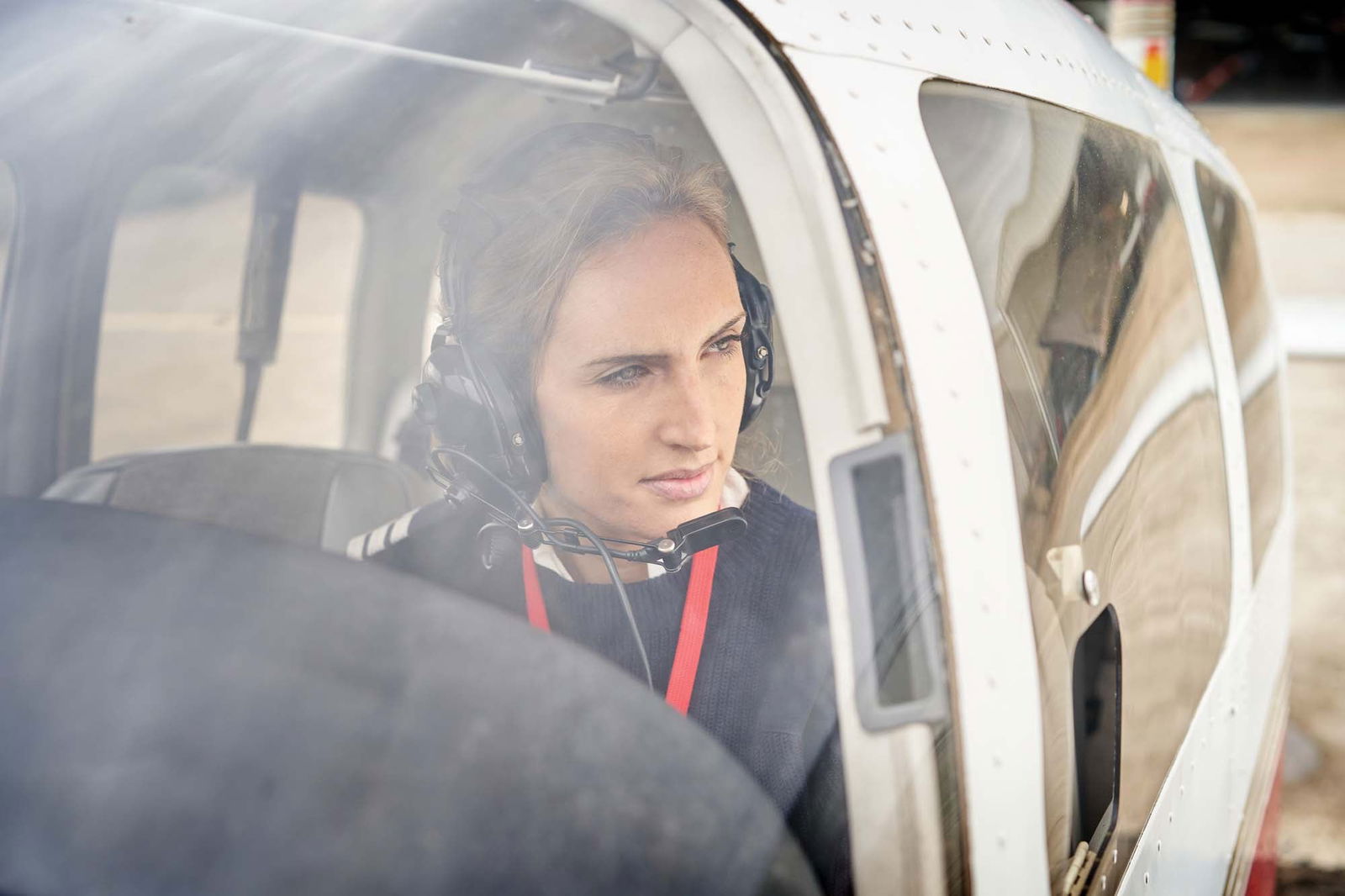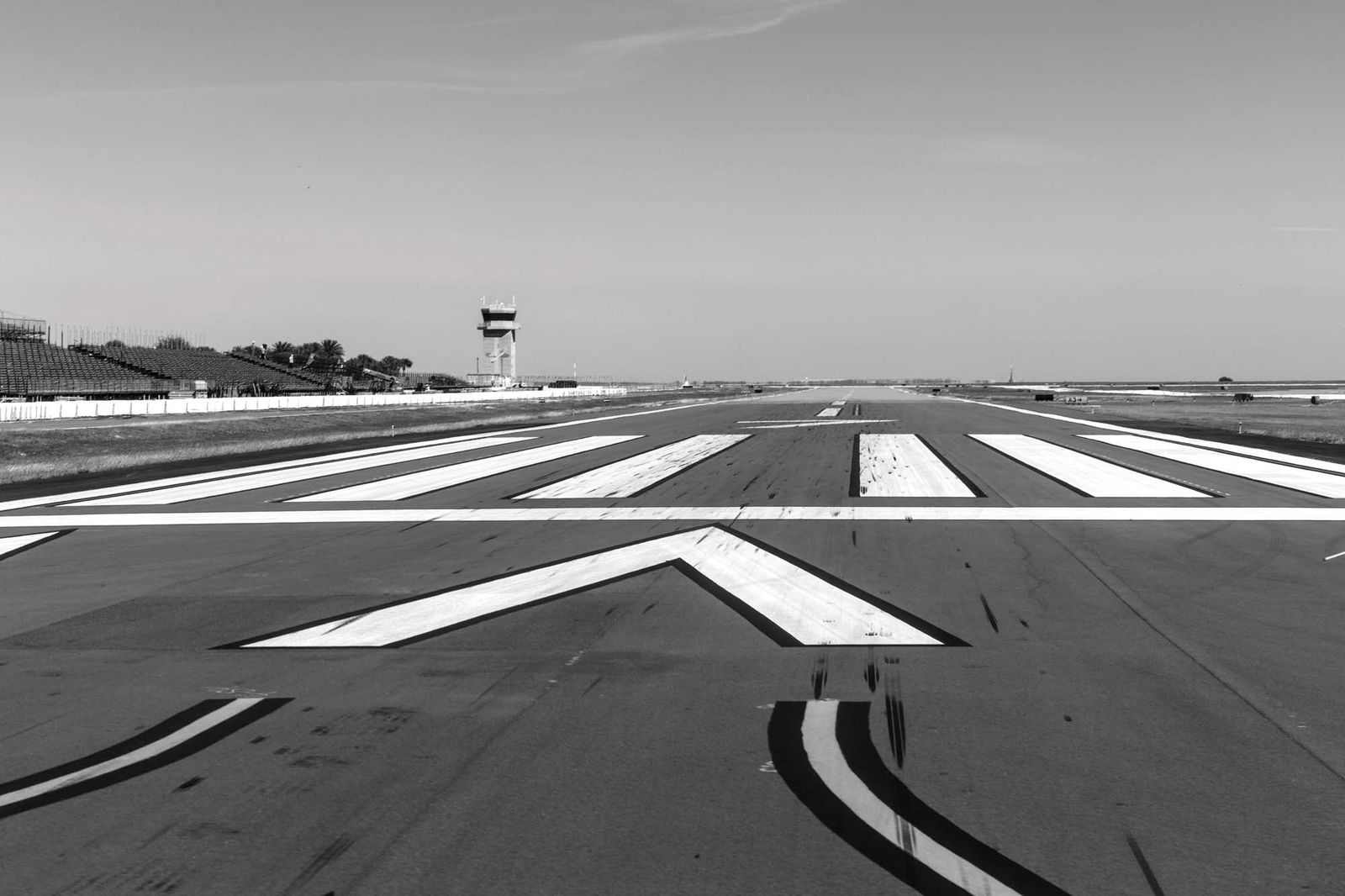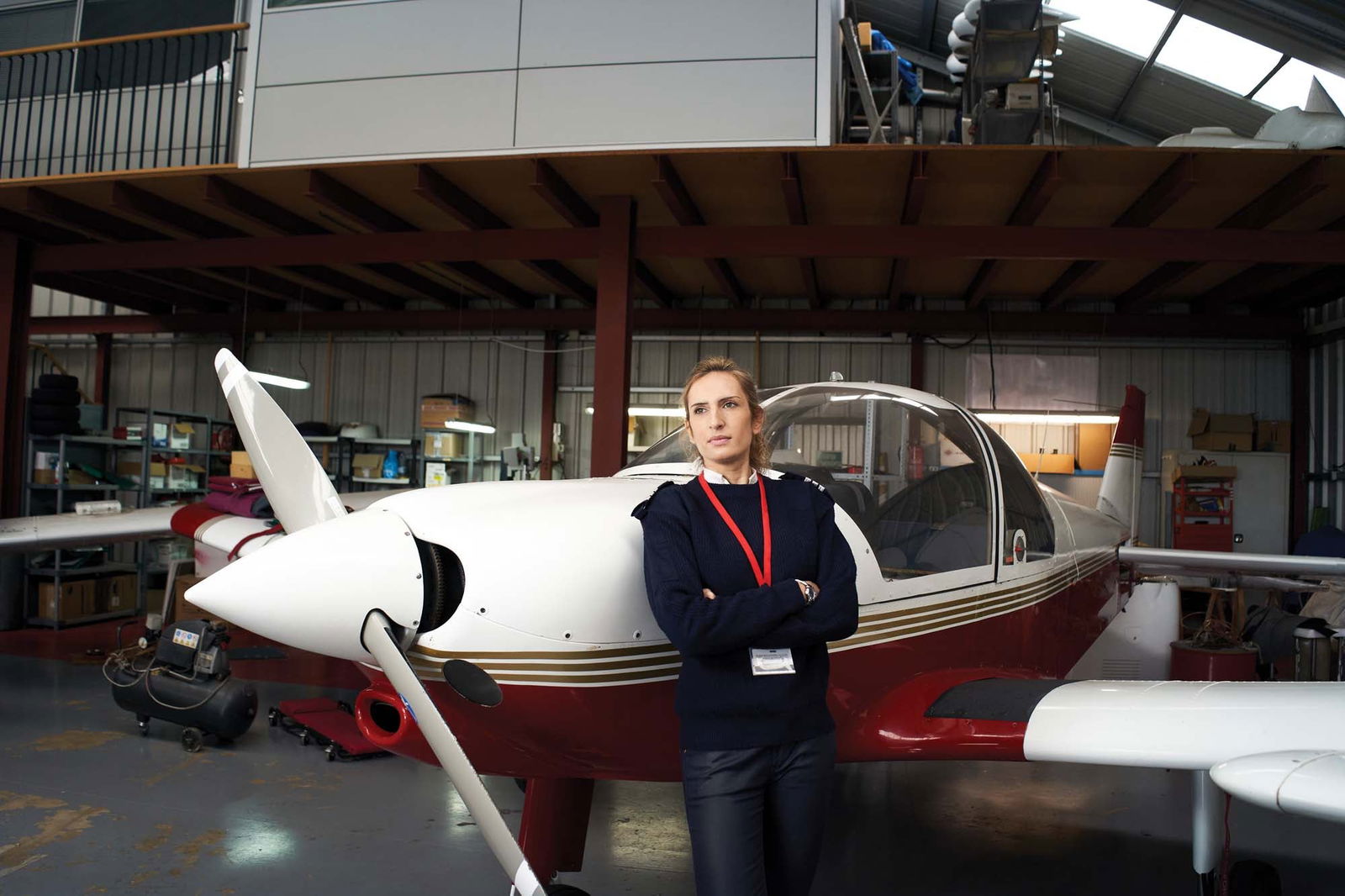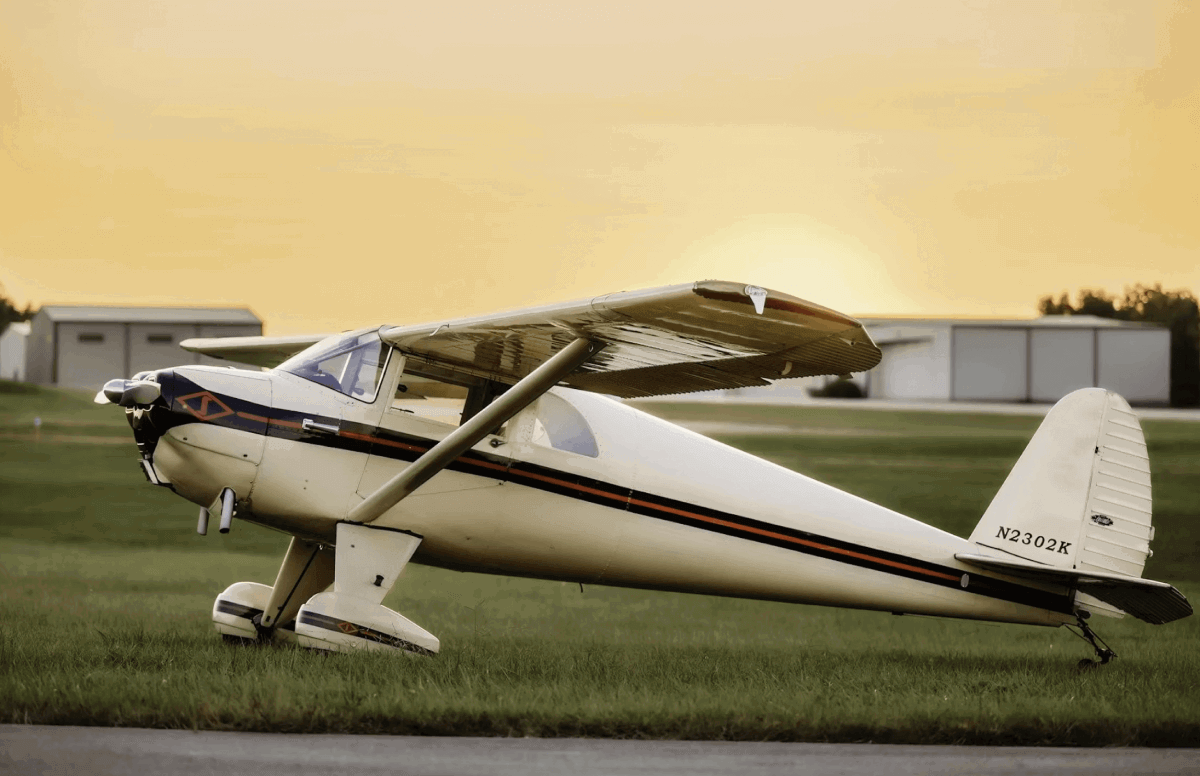The FAA’s IMSAFE checklist specifically lists “stress” as a factor that pilots identify and mitigate when determining their readiness for flight. Most of us evaluate stress level as a part of our preflight considerations. It might even be a critical go/no-go decision chain element.
While important on the ground, it is equally important for pilots to understand how to identify and manage stress during a flight.
Learning to manage your stress and prioritize responses in situations that overtask your ability to manage multiple things at a time is a key skill to minimizing risk. Learning to manage your stress in situations that may overtask your ability to manage them is a key skill to minimizing risk in life, and certainly as a pilot.
Better handling your physiological responses that might otherwise degrade your performance to allow the best outcome in such situations can be a factor in avoiding disastrous outcomes. This might be when a pilot finds themselves in a stressful environment on a flight where things start stacking up against them, such as icing, or approaches that need to be executed to minimums, or even an emergency.
The inevitable and unpredictable stressors of flying can significantly affect a pilot’s ability to respond to and recover from stress.
[Stressors] can have detrimental effects on a pilot’s ability to make decisions…
Key indicators of stress are muscle tension, increased heart rate, faster breathing, cold and sweaty hands, even decreased visual acuity, just to name a few. All of these can have detrimental effects on a pilot’s ability to make decisions and safely perform required tasks.
A skill not discussed with pilots often is how to better manage stressful situations during a flight.
Fortunately, the concept of how to manage a situation that’s becoming stressful is something that a pilot can learn to do better. By doing so in the flight environment, they can minimize risk and improve their overall performance.
The good news is that this is not something new. Other professions are already incorporating this type of training into daily routines. I spent some time talking with my friend, Andy Matthews, about how professional athletes do this. It is something Matthews happens to be familiar with as a part of his work as the director of golf performance at Neuropeak Pro. He also happens to be a private pilot.

Neuropeak Pro is a performance technology company in Grand Rapids, Michigan, that helps professional athletes and other high-performing individuals learn to manage their body’s natural stress responses to execute better under pressure in their operational environment. Now, I’m not saying that pilots need to be at the same level of stress management as pro athletes, but there are things that we can learn from their applications that can be incorporated into our own flying.
Matthews noted that diaphragmatic breathing, commonly referred to as belly breathing, helps to improve performance with a “bottom-up” approach that syncs the rhythm of the user’s heart with their physical respiration patterns. The approach is backed by scientific evidence that demonstrates a connection between intentional breathing practices and the autonomic nervous system’s management of the body’s “fight-or-flight” and “rest-and-recovery” responses.”
Let’s put that in pilot terms.
Consciously focusing on your breathing in a stressful situation can help pull the body out of fight-or-flight mode—away from the muscle tension, increased heart rate, faster breathing, cold and sweaty hands, and decreased visual acuity that’s getting in the way of your best flying. All of those seem pretty critical for a pilot to manage in a stressful situation, right?
Let’s think about the stress that an NFL quarterback faces. They step back into the pocket, while the defense is rushing them, and they need to make split-second decisions in order to properly execute the play and deliver the football where it needs to go. This was never clearer for me than seeing former Minnesota Vikings star Kirk Cousins featured in the Netflix series Quarterback, using some of these learned skills.
According to the Cleveland Clinic, diaphragmatic breathing offers benefits ranging from increased relaxation, improved muscle function and reduced strain during physical activity, increased blood oxygen levels, more efficient release of waste gases from your lungs, reduced blood pressure, and lower heart rate.
Some might be thinking this is a little too much of a new-age, yoga approach to managing stress while flying, but the physiological science is sound. The volume of conversations in our communities around breathing to help improve performance is increasing. Just taking a few moments to take some deep breaths can go a long way to helping a pilot to better manage stress.

Research suggests that diaphragmatic breathing can help increase heart rate variability (HRV)— a proven biomarker of the body’s ability to respond to and recover from stress. So, how would a pilot do that?
Matthews highlighted that the key to good breathing starts with posture. Sitting up straight in a pilot’s seat, with it adjusted to be able to do this, can improve breathing ability. Muscle control is also important. Breathing deeply from your diaphragm is not a “deep chest breath,” it is a deep breath from the diaphragm, where your belly fills up like a balloon as you inhale. Once you learn the right muscles to use when breathing, it is about pacing your breathing rate to about six breaths per minute, which is two to three times slower than how you’re probably breathing right now.
Six breaths per minute can be counted as a four-second inhale, a one-second hold, a four-second exhale, with another one-second hold as you transition into the next breath. Consciously doing this at that pace, while using the right muscles in the diaphragm, essentially works like a metronome for the body that helps pull it out of its fight-or-flight response.
Practicing this is key for a pilot to do ahead of an emergency situation, so the skill is developed and becomes a natural body response.
We talk about pilot mental health, but we rarely talk about the ability to manage their own body. To really learn this, there are even physical tools, biofeedback devices specifically, that a pilot could use to learn how to breathe better and understand their physiological responses to different breath patterns. But at the basic level it starts with practice.
Practicing settling your own body down, breathing methodically, and managing a stressful situation is a skill that is learned. Making this a natural reaction in a stressful situation, managing respiration rate, reduces physiological stress responses. Reducing these makes the management of a stressful situation more effective. Sure, you wouldn’t want to purposefully put yourself into a dangerous situation in a flight deck to practice this, but you could try these skills while working out, in rush hour traffic, or in a flight simulator.

I hope this article has helped you think as a pilot about managing your own body and its stress responses. There are skills you can improve that may help you minimize risk through better management of stress, not just before but during a flight.
Learning to manage your breathing and heart rate can help move your body into a calmer, focused state that will allow it to perform better on the flight deck. Some of the best athletes in the world are utilizing these techniques, and you can employ the same ones to perhaps improve your flying.
Get good at it, and it will become a natural response you leverage to better handle risk in stressful situations in an aircraft if they arise.
Images: iStock, Adobe Stock.


